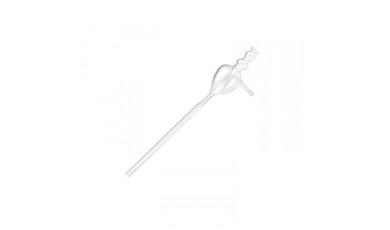Pumps
Vacuum and Fluid Transfer Solutions for Modern Laboratories
I've spent countless hours working with different pump systems, and I can tell you that choosing the right laboratory pump completely transforms your workflow. Whether you're running vacuum filtrations late into the night or managing continuous circulation for synthesis reactions, having reliable vacuum and fluid transfer equipment makes all the difference between smooth operations and frustrating downtime.
Rotary Vane and Diaphragm Pump Options
Diaphragm pumps are my go-to recommendation for most wet chemistry applications because they handle corrosive vapors without oil contamination. Rotary vane pumps deliver deeper vacuum levels down to 0.1 mbar, which you'll need for high-efficiency distillations when working with Dimroth condenser or Coiled-straight condenser,double layer setups. I always pair rotary vane systems with cold traps to protect the pump oil from solvent vapors. For basic filtration work, diaphragm units running at 2-4 mbar work beautifully and require almost zero maintenance compared to oil-sealed models.
Flow Rate and Pressure Specifications
Flow rates from 0.1 to 50 L/min cover everything from micro-scale sample prep to pilot plant operations. Here's what I've learned works best:
- 0.1-5 L/min: Perfect for rotary evaporation, vacuum drying in Dessicator units, and small-scale filtrations
- 10-25 L/min: Handles multiple vacuum lines simultaneously, great for shared laboratory setups
- 30-50 L/min: Industrial-scale applications and high-throughput processing
Chemical Resistance and Material Selection
PTFE and stainless steel wetted components resist nearly every solvent and acid you'll encounter. I've run concentrated sulfuric acid vapors through PTFE-coated diaphragm pumps without issues. Temperature resistance up to 180°C means you can handle hot vapor streams directly. Borosilicate glass components work similarly to Glass sticks in their chemical inertness. For aqueous applications like cooling water circulation to condensers or basic Watering pumps functions, standard materials suffice, but organic solvents demand fluoropolymer seals and gaskets every time.
Our partners
We only work with trusted brands
Sign up to our newsletter to get the latest news and updates about our products.







